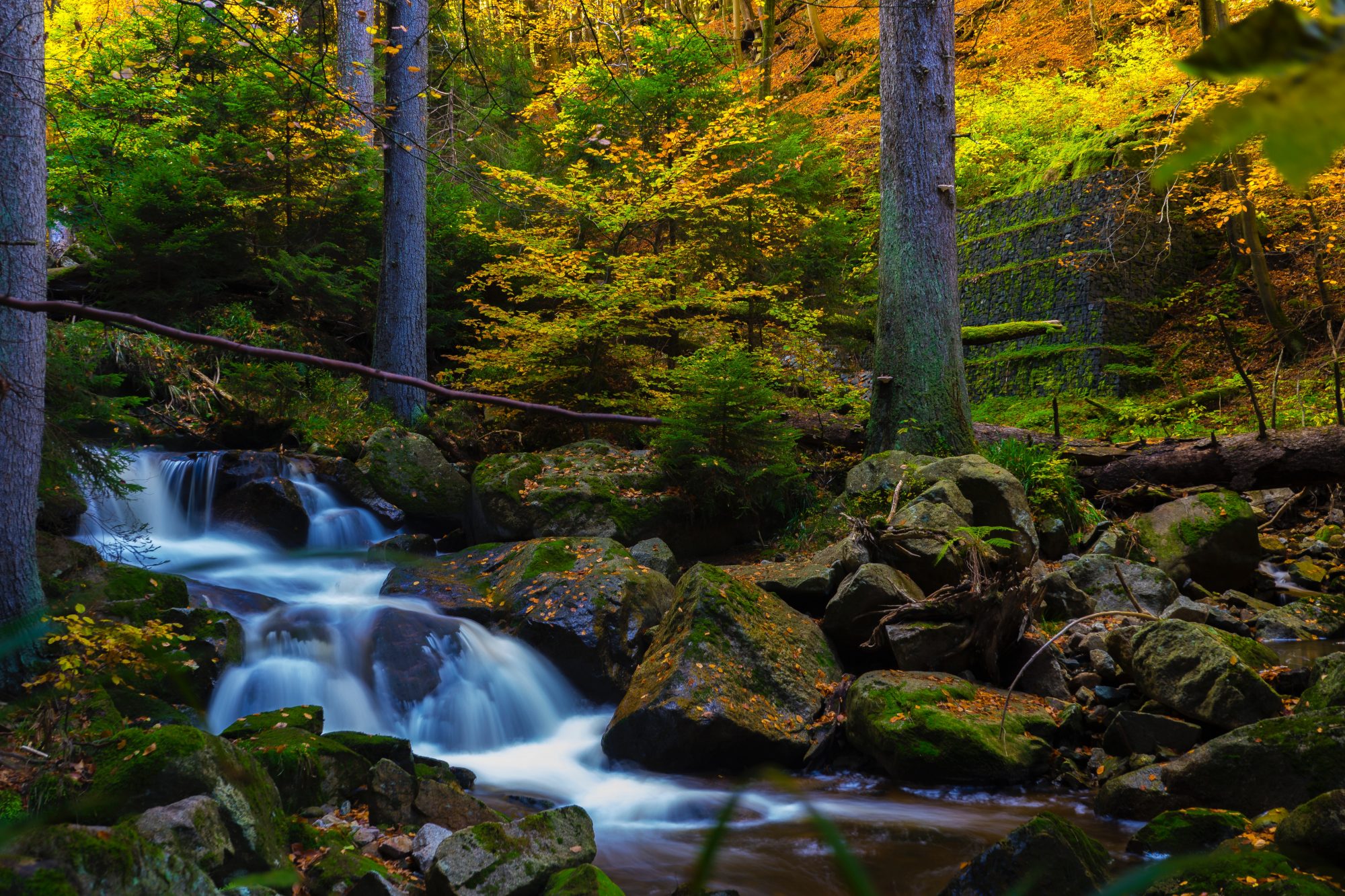Revolutionizing Freshwater Conservation: Plastic Packaging’s Role in Reducing Water Use in U.A.E. Food Production

In the arid landscapes of the U.A.E., water is a precious resource. With limited natural freshwater reserves, the U.A.E. depends heavily on sustainable water management strategies to meet the demands of its growing population and economy. Food production is one of the most water-intensive sectors, and the U.A.E., as a largely import-dependent nation, has had to find innovative ways to protect its water resources. One unexpected solution comes in the form of advanced plastic packaging, which helps reduce food waste and optimize water usage throughout the food supply chain.
The Water-Food Nexus: Why Every Bit Counts
Producing food requires significant amounts of water, whether through irrigation for crops or water used to raise livestock. The U.A.E., with its harsh climate and limited arable land, faces additional challenges in producing food domestically. Thus, the country imports approximately 90% of its food, meaning every piece of wasted food represents wasted water somewhere in the global supply chain.
Plastic packaging, by extending the freshness and shelf life of produce and other perishables, plays a crucial role in reducing food waste, thereby indirectly conserving water. Every product that remains fresh for a longer period decreases the need to replace spoiled food, reducing overall demand for water-intensive agriculture.
Innovations in Plastic Packaging: Protecting Food and Water
Recent developments in plastic packaging are tailored not just to preserve food but also to minimize environmental impact. For instance, moisture-locking films and breathable plastic wraps help vegetables and fruits stay fresh longer by maintaining an optimal internal climate. In a country where humidity and temperature fluctuations pose storage challenges, these packaging types are essential. By reducing spoilage, the U.A.E. minimizes its reliance on replacement imports and saves the water that would have been required to produce those replacement goods.
Additionally, Modified Atmosphere Packaging (MAP) is increasingly popular in the U.A.E., particularly for high-perishability items like meats and dairy. MAP alters the composition of gases inside packaging to slow spoilage. With the extended shelf life of products, there’s less turnover in grocery stores and less pressure on agricultural systems. Every item preserved is a small win for water conservation, given the high volume of water needed to raise livestock and grow crops.
Water-Saving Benefits of Plastic in Local Agriculture
In efforts to increase domestic food production, the U.A.E. has turned to sustainable practices and innovative water-conserving technologies, often incorporating plastic materials to achieve these goals. Greenhouses and hydroponic systems, for example, utilize plastic sheeting and containers to create water-efficient environments for growing crops. These plastic elements allow for greater water control, reducing the water loss typical in open-field agriculture.
Plastic mulching is another water-saving method that is becoming popular in U.A.E. farms. By covering soil with plastic sheets, farmers can reduce evaporation rates, maintain soil moisture, and protect crops from extreme temperatures. This method decreases the need for frequent irrigation and supports the U.A.E.’s efforts to minimize water use in agriculture, especially during peak summer months.
Toward a Sustainable Water-Food Future
The U.A.E.’s strategic use of plastic packaging and materials underscores the country’s commitment to water conservation and sustainable development. By extending the shelf life of imported food and supporting more efficient domestic production, these plastic innovations contribute to the U.A.E.’s food security and water-saving goals. As the U.A.E. progresses with its Vision 2030 sustainability agenda, reducing water consumption across all sectors remains a priority.
In parallel with recycling and waste management efforts, the U.A.E. is investing in eco-friendly plastics that align with its environmental goals. Biodegradable and recyclable plastics are being tested and gradually introduced to replace traditional plastic packaging. By combining these green alternatives with high-performance packaging technology, the U.A.E. is poised to minimize both its water and environmental footprints.
The Bigger Picture: A Model for Water-Sustainable Food Systems
Through innovative use of plastic packaging, the U.A.E. is reducing food waste and conserving global water resources—a vital step for a country with limited freshwater. As food security becomes increasingly linked to environmental sustainability, the U.A.E. demonstrates that with the right technology and practices, it’s possible to maintain a balance between meeting food demand and conserving water.
By optimizing each step of its food supply chain, the U.A.E. is not only conserving water but also setting an example for other water-scarce nations on how technology, including responsible use of plastic, can contribute to a more sustainable and secure future.
